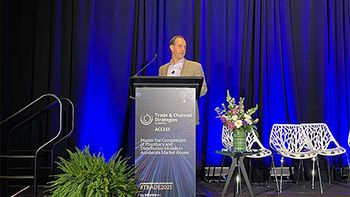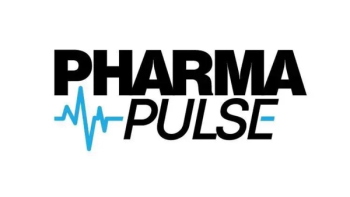
- Pharmaceutical Commerce - November/December 2011
CMS issues Sunshine Act
Proposed rules are sure to generate intense industry feedback
Having been publicly prodded by Senators Herb Kohl (D-WI) and Charles Grassley (R-IA), and with another Senate Special Committee on Aging hearing set for Dec. 15, HHS came through with its proposed rules on the Physicians Payments Sunshine Act, which were originally due Oct. 1. The release of the rules caused the hearing to be cancelled, but the senators said that it will be rescheduled for early next year.
The most immediate effect of the rules will be a probable postponement of when data on manufacturer spending with physicians and other healthcare providers needs to be collected; this was
Industry observers and compliance managers who were worried about the many ambiguities of the original legislation now have more concrete
CMS, as required by law, reports the cost of implementing, which it estimates at around $224 million in the first year, dropping to $183 million per year thereafter (however, CMS doesn’t seem to include the capital cost of IT systems here). Overall, the regulations are expected to apply to 1,000 device and supply manufacturers, 150 pharma companies, and 420 GPOs.
Articles in this issue
almost 14 years ago
More actions by GPhA and Obama Administration to address drug shortagesalmost 14 years ago
Cold Chain Technologies extends ambient-temperature packaging lineabout 14 years ago
UPS Healthcare Logistics adds to network with an Italian acquisitionNewsletter
Stay ahead in the life sciences industry with Pharmaceutical Commerce, the latest news, trends, and strategies in drug distribution, commercialization, and market access.





